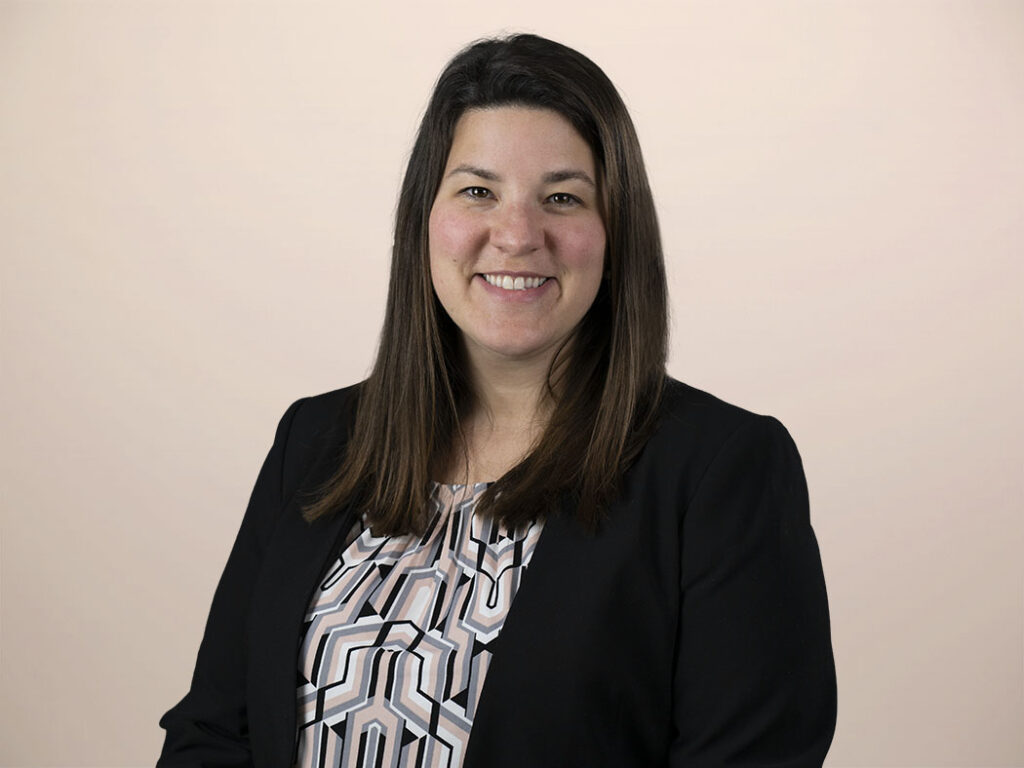Confronting Clinician Burnout With Confidence Takes More Than Tech And System Changes
As a former practitioner, I went to the ICD Healthcare Network’s Burnout Symposium (like many of the attendees) eager to learn about tactics, solutions, products, and services that can mitigate clinician burnout. We heard about clinician well-being with defined objectives. These included sustaining clinician health, retaining employees, and instilling hope among attendees.
As your organization confronts clinician burnout and looks to support your employees’ well-being, consider these top takeaways:
- Technology is not the ultimate liberator. Clinicians do not view technology as the ultimate liberator. They aren’t relying on it to assuage burnout. To them, mitigating burnout requires more than hyped tech solutions, including promises of generative AI. Many of them lived through the strain that electronic health record (EHR) implementation placed on entire health systems over the past decade. Though technology can be a solid option to augment tasks, it’s not a mechanism to overhaul burnout. Tech is expensive, requires leadership approval and dedicated resources, and does not replace personnel that clinical settings need now. The dire situation created by burnout leaves clinicians searching for more accessible ways to help themselves and their colleagues today.
- Chief wellness officers pave the way for improved enterprisewide well-being. The chief wellness officer (CWO), a relatively new and evolving position in healthcare, can easily become the object of shame-shifting within a health system. Because each organization’s needs and a CWO’s responsibilities vary, they must define their top priorities (e.g., EHR inefficiencies, mental health outlets for clinicians) and build strategies that respond to the pressures to create change. To be successful, CWOs must collaborate with other leaders and teams within the organization. A CWO can shed light on what has compromised well-being and help delegate a team and processes to fix it.
- Easing burnout requires a combined effort from clinicians, health system leaders, and policymakers. Clinicians need tools to help them get through their day. A challenge to adopting these tools is getting buy–in from clinician leaders. The health system has a responsibility to help employees and improve their working experience. But any implemented tactics and tools must be evidence-based to be successful; otherwise, health system leaders run the risk of increasing burnout. Start by presenting clinicians with data to help boost their engagement. Recognize that addressing patient issues outside of a practitioner’s control (e.g., poverty and food deserts) requires government action at the federal, state, and local level. Policymakers’ combined efforts to expand care and address issues before they become critical can help clinicians experience less burnout.
No matter where you are on your journey to improving clinician well-being, we are here to help. If you are a clinician or healthcare leader who addresses burnout, including the use of evidenced-based tactics, or have hired a CWO, we would love to speak with you about your experience.
If you’re interested in learning more about clinician workforce technology and successful implementation and adoption of these technologies, check out my research below. For all other questions regarding research or how to become a Forrester client, please email sgermain@forrester.com.
